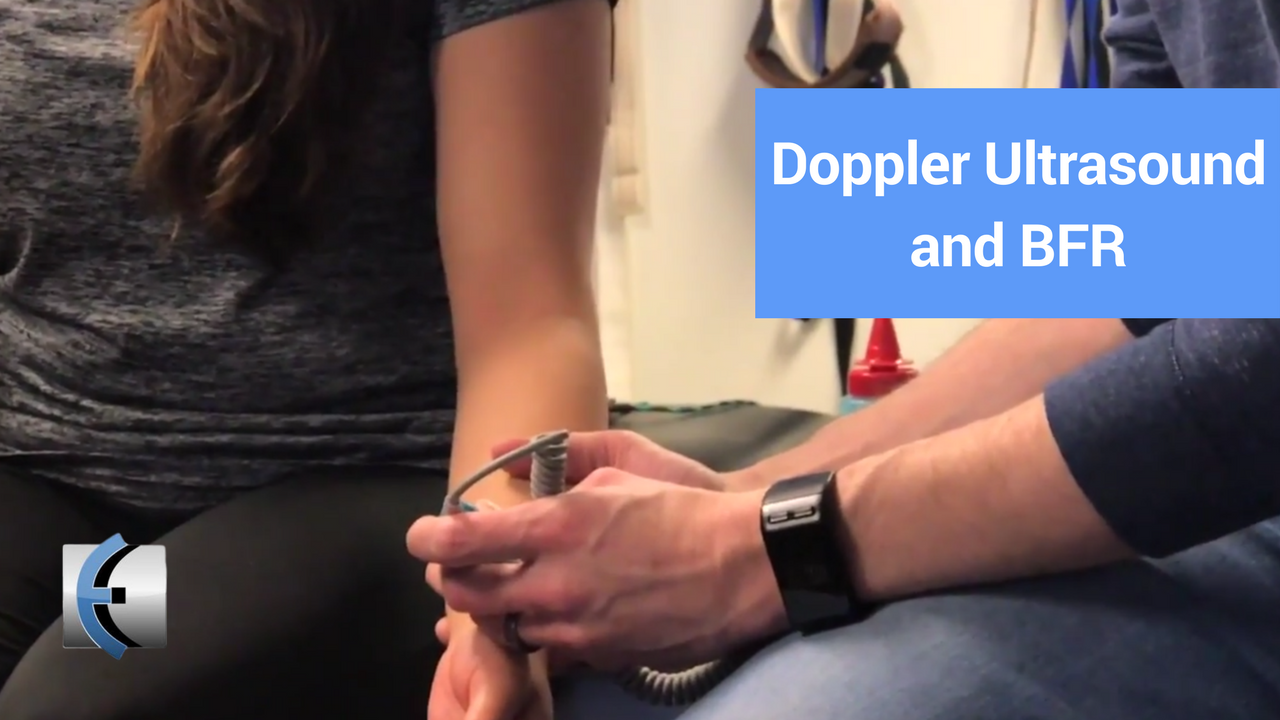

Thickness, echogenicity (darkness or lightness of the image Size, shape, and position of the uterus and ovaries

Ultrasound assessment of the pelvis may include, but is Pelvic ultrasound may be used for measurement and evaluation of female What are the reasons for a pelvic ultrasound? The external portion of the female genital organs The passageway through which fluid passes out of the bodyĭuring menstrual periods. Vagina, which leads to the outside of the body. The lower, narrow part of the uterus located between theīladder and the rectum, forming a canal that opens into the Hormones estrogen and progesterone are produced. Two female reproductive organs located in the pelvis in whichĮgg cells (ova) develop and are stored and where the female sex (ovum) becomes implanted and pregnancy follows. Lining each month during menstruation, unless a fertilized egg Lower abdomen, between the bladder and the rectum. The uterus is a hollow, pear-shaped organ located in a woman's The organs and structures of the female pelvis are: Other related procedures that may be used to evaluate problems of the pelvis include hysteroscopy, colposcopy, and laparoscopy. Only one method may be used, or both methods may be needed to provide the information needed for diagnosis or treatment. The type of ultrasound procedure performed depends on the reason for the ultrasound. A long, thin transducer is covered with the conducting gel and a plastic/latex sheath and is inserted into the vagina A transducer is placed on the abdomen using the conductive gel Pelvic ultrasound may be performed using one or both of 2 methods:

Unlike a standard ultrasound, some sound waves during the Doppler exam are audible.
#DOPPLER ULTRASOUND SKIN#
The speed at which the sound waves are returned to the transducer, as well as how much of the sound wave returns, is translated by the transducer as different types of tissue.Īn ultrasound gel is placed on the transducer and the skin to allow for smooth movement of the transducer over the skin and to eliminate air between the skin and the transducer for the best sound conduction.Īnother type of ultrasound is Doppler ultrasound, sometimes called a duplex study, used to show the speed and direction of blood flow in certain pelvic organs. The sound waves travel at different speeds depending on the type of tissue encountered - fastest through bone tissue and slowest through air. The transducer processes the reflected waves, which are then converted by a computer into an image of the organs or tissues being examined. The sound waves bounce off the organs like an echo and return to the transducer. The ultrasound transducer is placed on the skin, and the ultrasound waves move through the body to the organs and structures within. Ultrasound uses a transducer that sends out ultrasound waves at a frequency too high to be heard. A pelvic ultrasound allows quick visualization of the female pelvic organs and structures including the uterus, cervix, vagina, fallopian tubes and ovaries. (Ultrasound-Pelvis, Pelvic Ultrasonography, Pelvic Sonography, Pelvic Scan, Lower Abdomen Ultrasound, Gynecologic Ultrasound, Transabdominal Ultrasound, Transvaginal Ultrasound, Endovaginal Ultrasound)Ī pelvic ultrasound is a noninvasive diagnostic exam that produces images that are used to assess organs and structures within the female pelvis.


 0 kommentar(er)
0 kommentar(er)
